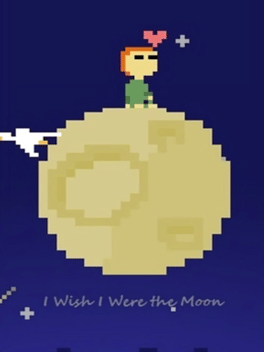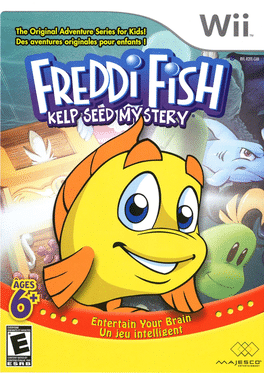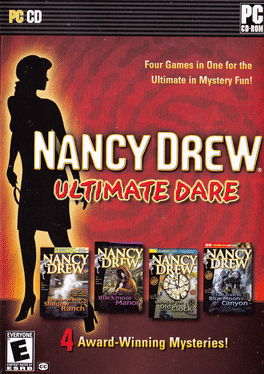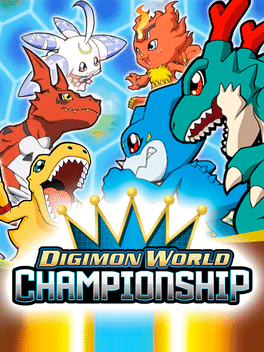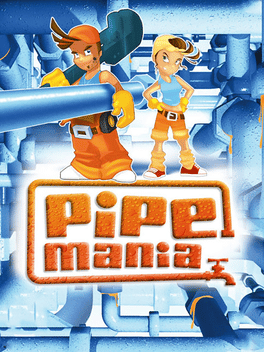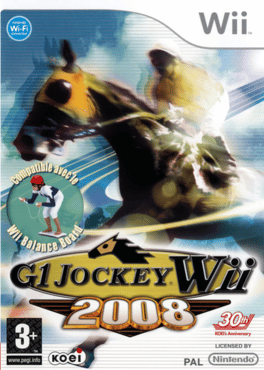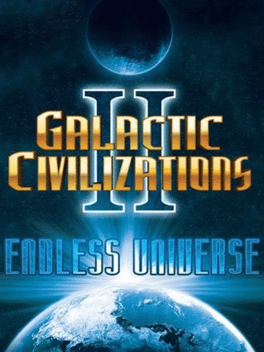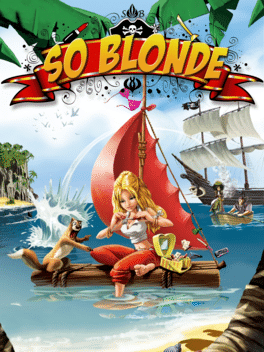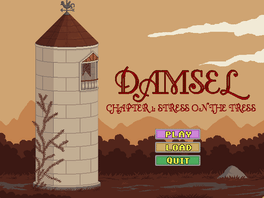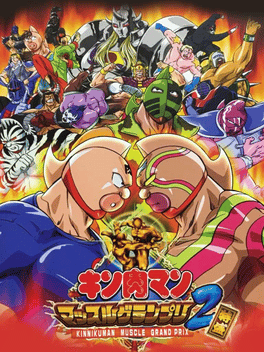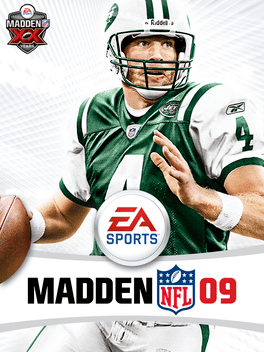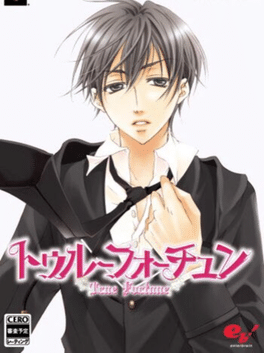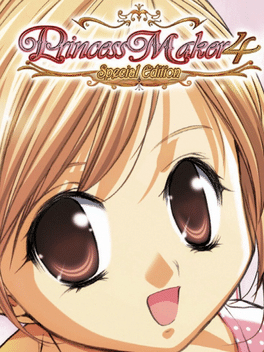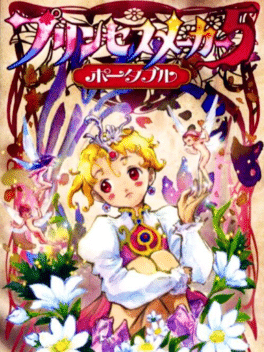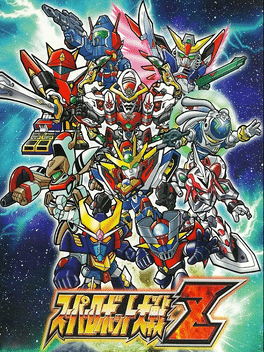New Games - Page 9927
-
I Wish I Were the Moon
2008
A game about a boy-girl-moon love triangle by Daniel Benmergui, in which the player attempts to find all the possible outcomes of the scenario. (Inspired by Italo Calvino's 'The Distance of the Moon'.) -
Freddi Fish: Kelp Seed Mystery
2008
The award-winning best-selling Humongous children’s property made popular on the PC is now available for Wii! Help the Sea Creatures and Save the Reef! Grandma Grouper’s kelp seeds are missing and, without them, all of the sea creatures will go hungry! Help underwater detective Freddi Fish and her finny friend Luther solve the case. Explore marine caves, deep canyons, and fascinating places like King Crab’s Castle in an effort to rescue the colorful reef! -
Nancy Drew Ultimate Dare
2008
Four games in one for the ultimate in mystery fun! Compilation of 4 Nancy Drew adventure games from Her Interactive. #10: Nancy Drew: The Secret of Shadow Ranch #11: Nancy Drew: Curse of Blackmoor Manor #12: Nancy Drew: Secret of the Old Clock #13: Nancy Drew: Last Train to Blue Moon Canyon -
Digimon World Championship
2008
star 4.1It varies from other Digimon DS games in that the player does not give commands in a fight but the Digimon choose their attacks themselves. It also requires that the player feeds and looks after their Digimon, also having to heal, cure, and clean up after them, much like the older Digimon games. This is also the first Digimon game to include the Dracomon line of Digimon, featuring Petitmon, Babydmon, Dracomon, Coredramon (Air), Coredramon (Ground), Wingdramon, Groundramon, Slayerdramon, and Breakdramon. The starting Digimon is Botamon. -
Tales of Vesperia: Special Edition
2008
A power struggle begins in a civilization dependant on an ancient technology, the blastia, and the Empire that controls it. The fates of two friends traveling separate paths intertwine in an epic adventure that threatens the existence of all. Tales of Vesperia marks the first Tales RPG release in high-def with detail and graphics never before seen in the series. Now, real-time battles are more exciting than ever with over limits, the ability to unleash fatal strikes, combinations and burst artes. The next evolution of the revered role-playing series comes to the Xbox 360. Premium Items in Collectable steelcase metal box Tales 10th anniversary Music CD (Music selection from Vesperia and previous Tales titles) 52 - 72 page manual with art Collectable steelcase metal box -
Family Trainer
2008
Family Trainer
2008
An outdoor sports themed mini-game collection for the Wii, based on the old Family Trainer series of sports games for Famicom. -
Pipe Mania
2008
Pipe Mania
2008
star 5.9Pipe Mania is a puzzle game where players must place random tiles in order to help water flow to its destiny. -
G1 Jockey Wii 2008
2008
G1 Jockey Wii 2008
2008
star 7A revolutionary horse racing experience that brings you closer to the real thing than ever before. Work your way up from novice status to become a renowned horse racing legend throughout a full, in depth career. -
Galactic Civilizations II: Endless Universe
2008
star 8.9Galactic Civilizations II: Endless Universe is a compilation featuring the content of Dread Lords, Dark Avatar and Twilight of the Arnor. It was released exclusively in Europe on September 26, 2008 and it was published by Kalypso Media. The compilation was released as Galactic Civilizations II: Ultimate Edition in North America on February 9, 2009. -
So Blonde
2008
So Blonde
2008
star 6So Blonde is a classic 3rd person point & click adventure where the player takes the role of young and cute Sunny Blonde, who survives a ship catastrophe and awakes at a beautiful beach – only to find out that she has travelled to a time when pirates ruled the Caribbean Sea. She has to use all her charm and wit to find back into her own time. The game is full of humoristic allusions not only to classic adventures, but also to Sunny being a naïve blonde girl thrown into an environment that is too rough for her manicured nails and make up lifestyle. So Blonde is a game that will attract all kinds of players from all ages, female and male, who will not be able to resist Sunny’s irresistible charm. -
Camino de Santiago
2008
-
Kinnikuman Muscle Grand Prix Max 2: Tokumori
2008
A 3D hybrid wrestling/fighting game that is an updated port called Kinnikuman Muscle Grand Prix 2 Tokumori for the PlayStation 2. It is the sequel to the original Kinnikuman arcade game Kinnikuman Muscle Grand Prix 2, that was originally released for the Namco System 256 arcade board. -
Madden NFL 09
2008
-
True Fortune
2008
True Fortune
2008
True Fortune is an otome game, developed and published by Enterbrain, which was released in Japan in 2008. -
Damsel: Chapter One - Stress on the Tress
2008
Poor Damsel...her life was so perfect back at the castle, riding her pony, brushing her hair and visiting the spa. But now her royal princessliness has been kidnapped by the quasi-evil, fat little middle aged wizard Dorkus, and trapped high in a tower with no doors! She's held out as long as she can, but if she doesn't escape tonight, Dorkus will force her to marry him! What's a girl in distress to do? Well, wait for rescue, obviously. But when rescues go wrong, Damsels must do it for themselves! Damsel is a short comedy adventure game, with full voice-acted dialogue. We hope you enjoy it, we had some really talented performers for it. :) -
Princess Maker 4 DS Special Edition
2008
Princess Maker 4 DS Special Edition is a port of Princess Maker 4 for Nintendo DS, it was released in Japan and Korea. -
Super Robot Taisen Z
2008
Super Robot Taisen Z
2008
The final Super Robot Wars game to be released on the PlayStation 2. It is the start of a brand new "series" of SRW games.

